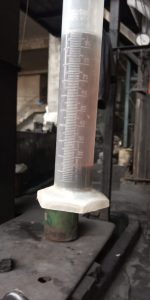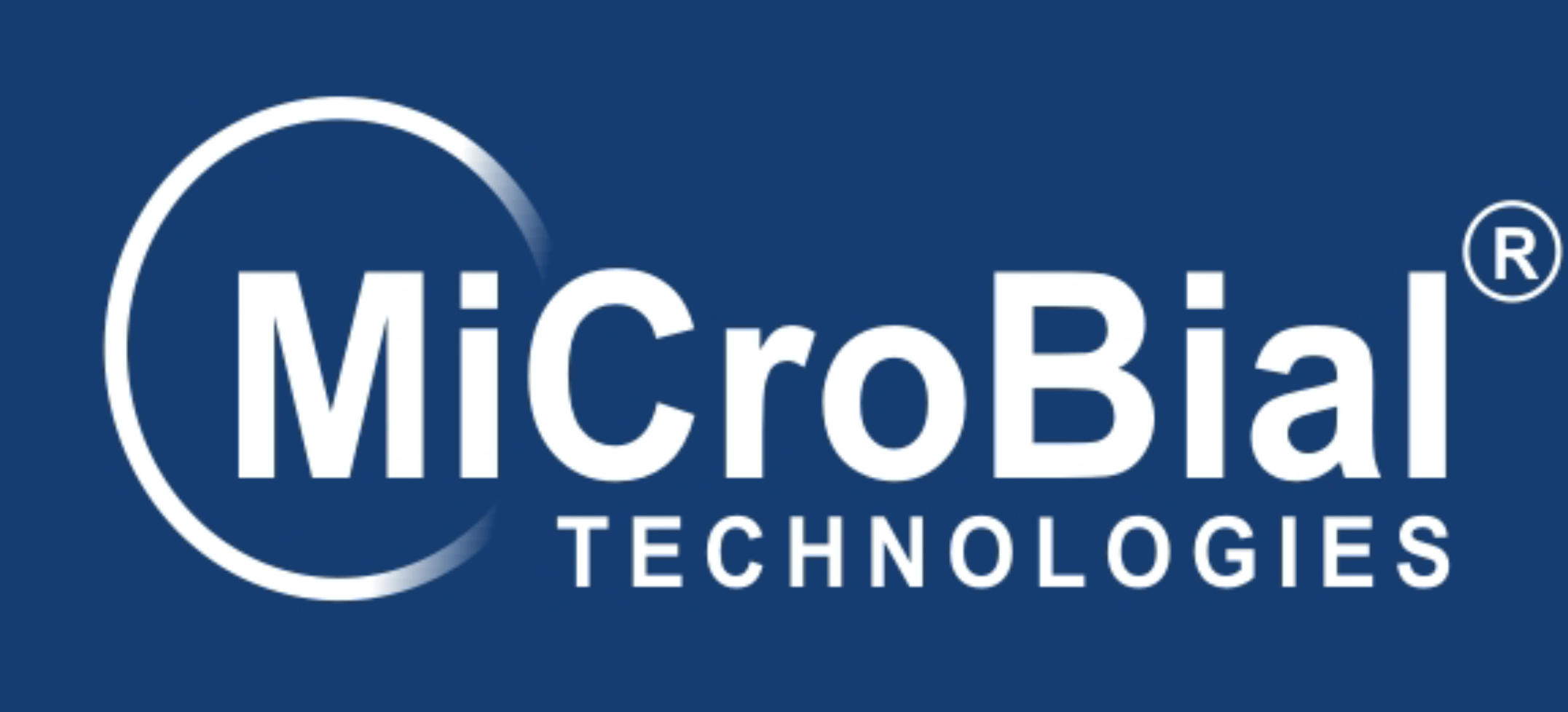MiCroBial Aqua helps in biomass development in Dyeing ETP

Background –
Sunshine Dyeing Pvt Ltd is one of the textile industry located in Ludhiana, Punjab. Sunshine Dyeing textile is known for its different job profile like fabric dyeing, job work services of dyeing, bleaching of all types of fabrics and ready made garments.Sunshine Dyeing Industry is having ETP and generate about 1,50,000 liters of wastewater coming from different department of textile production units. This waste water treated at ETP having SBR technology.
Objective –
Objectives of validation program was to demonstrate the effectiveness of MiCroBial Aqua by developing biomass and sustain that biomass to improve wastewater quality and to provide plant stability along with odor control from ETP.
Unit Description –
This ETP based on sequential batch reactor having capacity of 1,50,000 liters of effluent. It has a single SBR tank where all the effluent is with sequential batch reactor with collection tank.
Implementation Protocol –
Trial was carried out for near about 2 months, 10 % of total effluent was taken into SBR tank with optimum PH and aerated for 24 hrs. After every two days 10 % of effluent (15,000 liters) was added into SBR tank along with the DAP, Urea, Jaggary and cow dung. 1.5 kg DAP, 1.5 kg of jaggary, 0.5 kg of urea was mixed into 500 liters of fresh water and got it dissolved. Along with that 150 kg of cow dung was mixed into 100 liters of fresh water, cleaned all other debris from cow dung and added directly into SBR tank. Same concentration of these supplement will be added into SBR tank after every two day along with 300 Gms of MiCroBial Aqua product into SBR tank.
Initially 450 gms of MiCroBial Aqua and after one week 300 gms of MiCroBial Aqua was mixed into 100 liters of fresh water. Keep that solution for 24 hrs. After activattion dosed into SBR tank.During application of MiCroBial Aqua all the optimum conditions are provided like optimum PH, temperature, F/M ratio,Dissolved oxygen and others.
Result –
After few weeks of addition of MiCroBial Aqua product along with other supplement into SBR tank, implementation team observed significant improvement in biomass ( sludge volume) and water quality. Based on initial monitoring of sludge volume of aeration tank which was below 100 mg/l, it was improved to more upto 300 mg/l, it was concluded that MiCroBial Aqua helped to improve the biomass in aeration tank reducing different parameters and improving water quality and provide plant stability along with improved water quality.

Conclusion –
The result of validation program demonstrate the effectiveness of MiCroBial Aqua in improving the water quality and biomass by increasing sludge volume of the aeration tank along with odor control from ETP. Improvement of biomass and water quality concludes that MiCroBial Aqua is very effective in generating biomass in wastewater treatment process.
